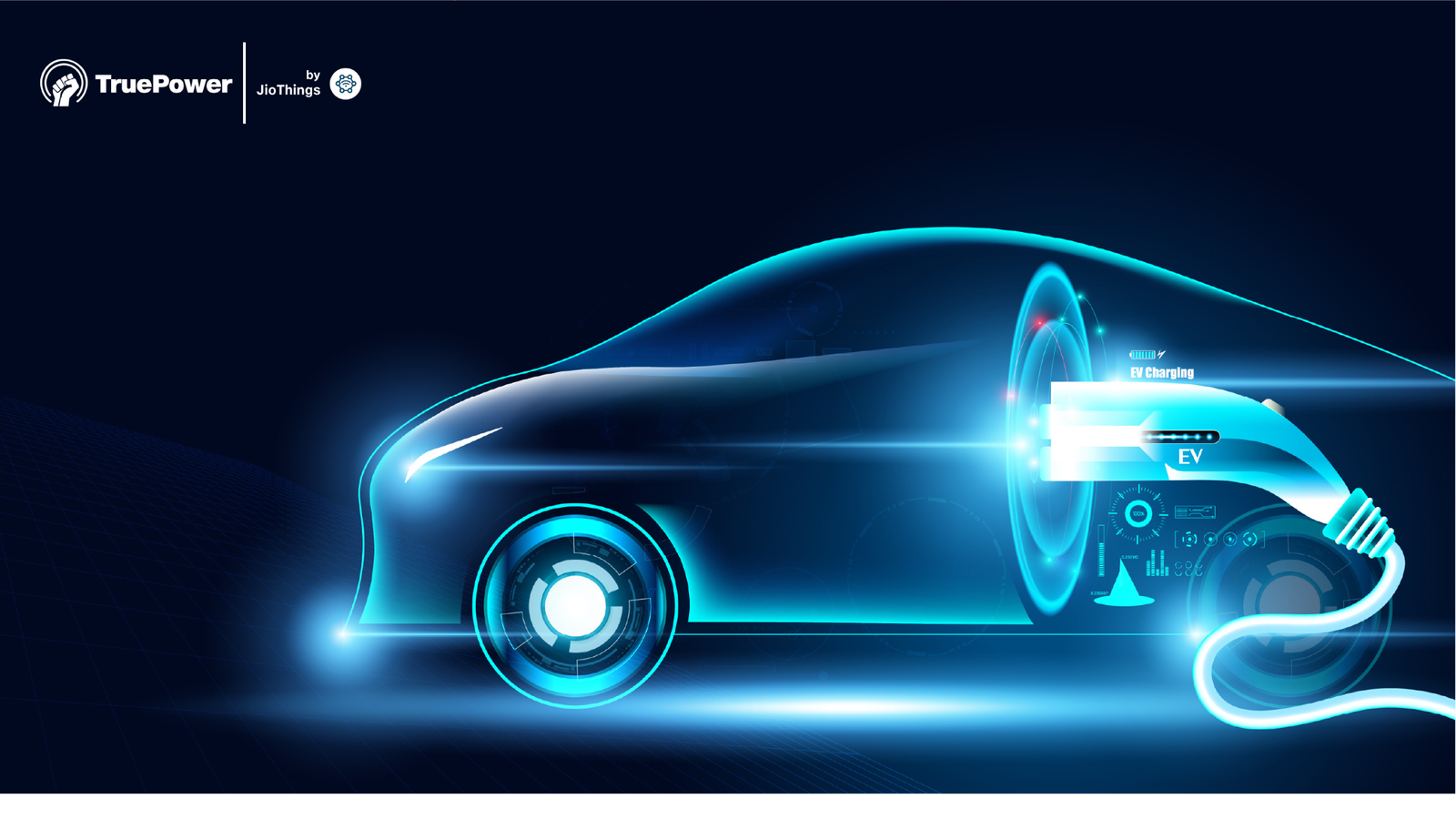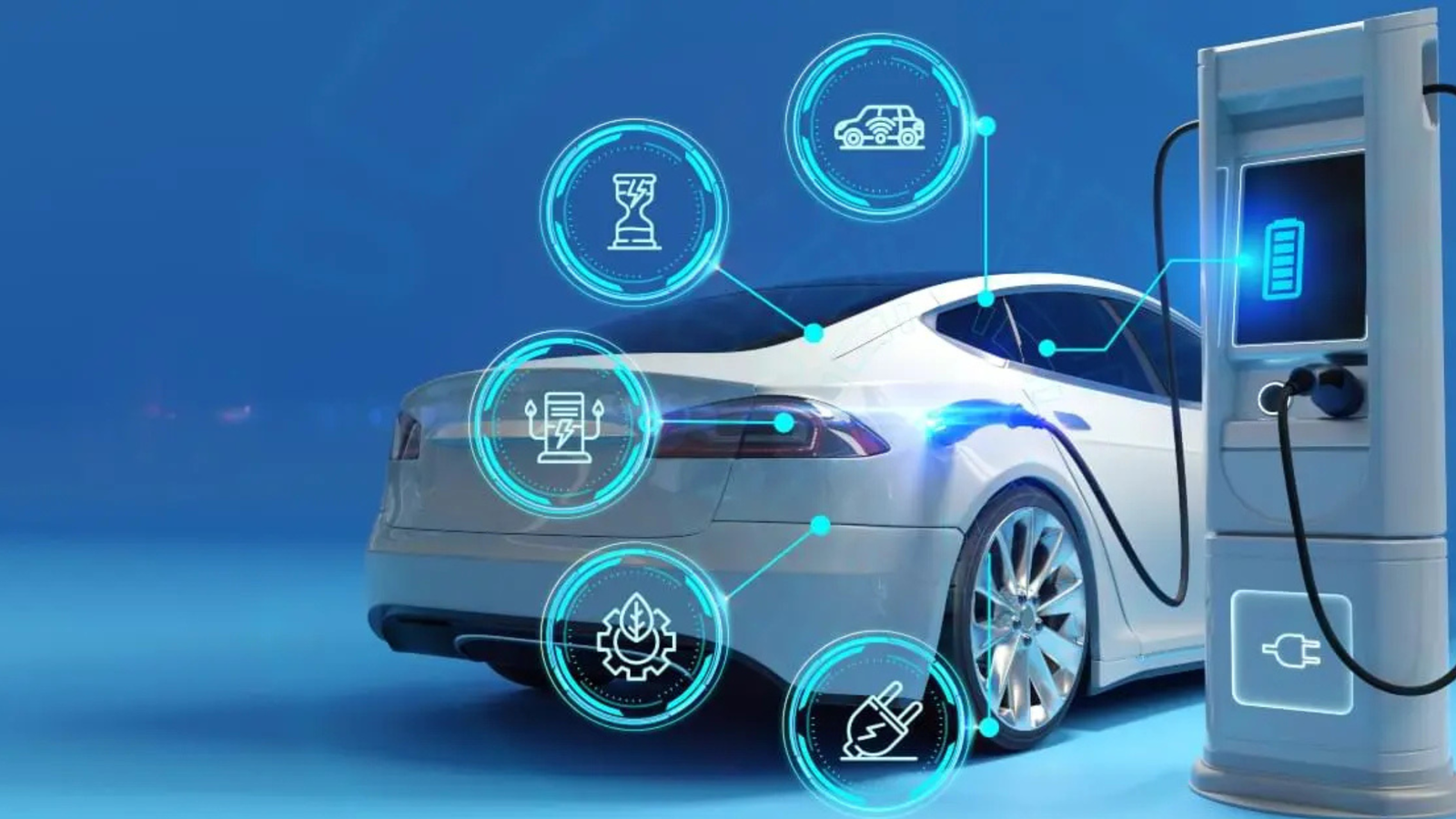The world is shifting gears, and the Future of Electric Vehicles (EVs) is accelerating faster than ever. As nations push for cleaner energy, automakers invest in innovation, and consumers demand sustainable mobility, the electric vehicle revolution is no longer a question of “if” but “how soon.”
By 2030, experts predict a significant transformation in the transportation landscape. In this in-depth blog, we’ll explore what the Future of Electric Vehicles holds in terms of technology, market growth, affordability, infrastructure, environmental impact, and which brands are poised to lead this revolution.

1. Global EV Market Growth: Where Are We Headed?
The Future of Electric Vehicles is powered by exponential market growth. According to BloombergNEF, EVs could represent over 60% of global passenger car sales by 2030. In regions like Europe, China, and North America, aggressive zero-emission targets are driving this surge.
Forecast Highlights:
-
Global EV Sales (2024): ~14 million units
-
Projected EV Sales (2030): ~65 million units
-
Market Share: Over 60% of new cars sold will be electric in major developed markets
-
Battery Electric Vehicles (BEVs) will dominate plug-in hybrids due to simpler architecture and reduced maintenance.
2. Key Drivers of the Future of Electric Vehicles
a. Government Policies & Incentives
From California to Norway, governments are incentivizing EV adoption with:
-
Tax rebates
-
Zero-emission vehicle mandates
-
Fuel economy regulations
-
Investments in EV charging infrastructure
b. Technology Advancements
The Future of Electric Vehicles hinges on breakthroughs in:
-
Solid-state batteries: Faster charging and longer range
-
Wireless charging: Seamless energy replenishment
-
AI-based battery management systems: Enhancing efficiency and lifespan
c. Environmental Goals
With climate change looming, EVs are vital for reducing CO₂ emissions. Countries aim to phase out internal combustion engine (ICE) cars entirely between 2030–2040.
3. EV Price Trends: Will They Get Cheaper?
Yes! One of the most exciting elements of the Future of Electric Vehicles is price parity. EVs are already closing in on combustion engine vehicles in terms of upfront cost, and by 2030, they could be cheaper across the board due to:
-
Mass battery production (Tesla, CATL, BYD)
-
Lower battery costs ($/kWh expected to drop below $60)
-
More affordable models from mainstream automakers
EV Price Comparison (2025 vs Projected 2030)
| Brand/Model | 2025 Price (USD) | Estimated 2030 Price (USD) | Battery Range (2030 Est.) |
|---|---|---|---|
| Tesla Model 3 | $39,000 | $28,000 | 400+ miles |
| Ford Mustang Mach-E | $44,000 | $32,000 | 450+ miles |
| Hyundai Ioniq 5 | $42,000 | $30,000 | 430+ miles |
| VW ID.4 | $38,000 | $27,500 | 400+ miles |
4. Charging Infrastructure in 2030
The Future of Electric Vehicles depends heavily on reliable charging networks. The number of charging stations is expected to quadruple globally by 2030.
Key Developments:
-
Ultra-fast charging (15–20 minutes full charge)
-
Bidirectional charging: Use your EV to power your home or feed the grid
-
Solar-integrated stations
-
Smart charging via apps and AI
U.S. Charging Network Forecast by 2030:
-
Public Chargers: 2 million+
-
Home Chargers: Over 50 million
-
Charging Speed: 350kW ultra-fast chargers to become standard

5. Battery Technology: What’s Coming Next?
One of the cornerstones of the Future of Electric Vehicles is battery innovation. Today’s lithium-ion batteries will soon be replaced with:
a. Solid-State Batteries:
-
Safer, no flammable electrolytes
-
Higher energy density
-
Range > 600 miles per charge
b. Lithium-Sulfur and Graphene:
-
Potential to triple range
-
Lighter weight
-
Cheaper to produce
Breakthroughs from companies like Toyota, QuantumScape, and Panasonic are expected to hit the mass market between 2027–2029.
6. EVs & Artificial Intelligence Integration
AI will be an integral part of the Future of Electric Vehicles, improving both safety and personalization.
AI Features in Future EVs:
-
Self-diagnosing battery and system health
-
Predictive maintenance alerts
-
Driver-behavior optimization
-
Fully autonomous driving (Level 4/5)
Tesla, Waymo, and Apple are investing heavily in AI-driven electric cars, with full self-driving possibly available in select cities by 2030.
7. Environmental Impact and Sustainability
Switching to EVs reduces emissions drastically, but the Future of Electric Vehicles must also address battery production sustainability.
Solutions Underway:
-
Closed-loop battery recycling (Redwood Materials, Li-Cycle)
-
Greener mining practices
-
Use of renewable energy in battery manufacturing
-
Second-life EV batteries for home energy storage
By 2030, the EV industry aims to become nearly carbon neutral across manufacturing and usage.
8. Which Automakers Will Dominate EV Sales by 2030?
As the Future of Electric Vehicles evolves, some brands are emerging as clear leaders.
Top Projected EV Leaders by 2030:
| Brand | Notable Models | 2030 Goal |
|---|---|---|
| Tesla | Model 3, Y, Cybertruck | 10 million EVs/year |
| BYD | Han EV, Tang EV | #1 in China, global expansion |
| Volkswagen | ID Series, Trinity EV | 50% EV mix by 2030 |
| Hyundai-Kia | Ioniq, EV6 | 2 million EVs/year |
| Ford | Mustang Mach-E, F-150 Lightning | EV-only in Europe by 2030 |
| General Motors | Hummer EV, Silverado EV | Zero-emission lineup by 2035 |
9. Innovations in Car Design
The Future of Electric Vehicles will also transform the way cars look and feel. Expect:
-
Minimalistic interiors with OLED dashboards
-
Augmented reality HUDs (Heads-Up Displays)
-
Swiveling front seats and movable steering columns
-
Expanded interior space due to compact electric drivetrains
10. What to Expect as a Consumer by 2030
Benefits of EV Ownership in 2030:
-
Lower operating and maintenance costs
-
Zero fuel bills
-
Tax rebates and incentives
-
Access to carpool lanes
-
Free or discounted tolls and parking in many regions
EVs will become the default choice for many, driven by both economics and regulation.
Challenges the Industry Must Address
While the Future of Electric Vehicles looks promising, a few obstacles remain:
-
Rare earth metal supply limitations
-
Charging infrastructure in rural areas
-
Grid capacity and renewable energy integration
-
Consumer education and trust
Automakers, governments, and private enterprises must collaborate to overcome these challenges.

Final Thoughts: Is the Future of Electric Vehicles Bright?
The answer is a resounding yes. By 2030, we’ll witness one of the most significant transitions in mobility history. From affordability to sustainability and innovation, the Future of Electric Vehicles is not just about transportation—it’s about reshaping the world we live in.
Call to Action
Whether you’re an investor, car enthusiast, policymaker, or just a curious commuter, the time to get involved is now. Research your EV options, watch the trends, and be ready to plug into the future!

